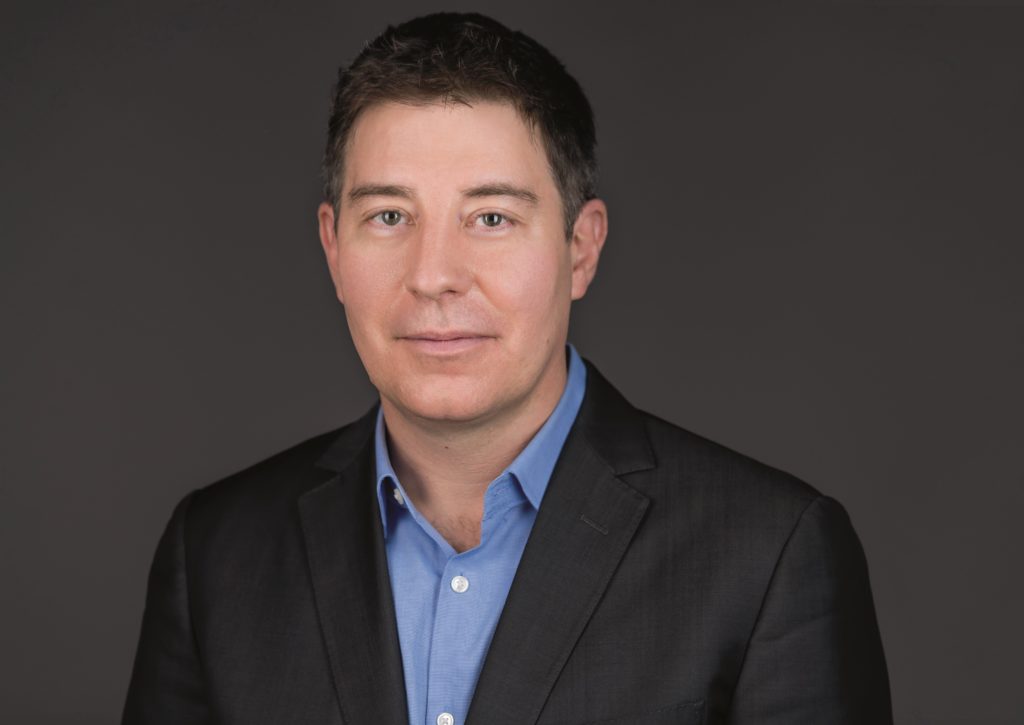Lessons of Boeing’s Cultural Decline–and How It Can Recover


Boeing, a creator of the jet age, was once seen as a prestigious American corporate icon. Yet the company’s relationships with employees, investors, and business partners went into a tailspin after its merger with rival McDonnell Douglas in 1997. That’s the thesis of journalist Peter Robison, author of Flying Blind: The 737 MAX Tragedy and the Fall of Boeing, who spoke at a From Day One conference in Seattle about how this revered corporation went astray by neglecting some of its original core values, and what other companies can learn from this cautionary tale.
“The conflict ensued almost immediately with a strike that was the largest white-collar strike in U.S. history at the time,” said Robison, an investigative reporter for Bloomberg and Bloomberg Businessweek. “A federal mediator talked with an engineer I also interviewed who said, ‘This company is doomed.’ The reason he gave was that on one side you had hunter- killer assassins, the McDonnell Douglas side, which was more stockholder focused, and on the Boeing side, you had boy scouts who were customer- and product-focused. So when you look at the Max tragedy, you have to look at the DNA that started with that merger. It had impacts that lasted that long,” he said in a fireside chat with Marissa Nall, staff reporter of the Puget Sound Business Journal.
The Federal Aviation Administration (FAA) grounded the Boeing 737 MAX airliner worldwide between March 2019 and December 2020 after 346 passengers died in two crashes. This was the longest-ever grounding of a U.S. airliner, which cost Boeing an estimated $20 billion in fines, compensation and legal fees, with indirect losses of more than $60 billion from 1,200 cancelled orders. Engineering reviews uncovered design problems, and lawmakers investigated Boeing’s incentives to minimize pilot training for the aircraft.

Nall asked about the impact of the merger on leadership and what that meant operationally for Boeing. “When you think of an aircraft, it's a product that has such a long product cycle, and decisions made at the management level filter down to the employee level,” said Robison, who conducted hundreds of hours of interviews with Boeing engineers. “Culture is a word that seems so amorphous, but it’s amazing how specific people get about it.” The culture of Boeing, he said, became all about “its schedule, its cost, its shareholder value. And that stems directly from the influence of some of the top leadership who came from McDonnell Douglas in the late 90s.”
Robison explained that the leadership focus was centered on cost containment. He looked at one engineer’s evaluation that said ideas are measured in dollars. Another engineer was given specific performance and time requirements tied to reducing costs. The culture became one stemming from the idea that corporate executives ultimately make the best decisions about allocating resources, and ultimately about safety. The leadership was under pressure from stockholders to reduce costs, and that trickled down to managers and their teams.
The compliance regulation of Boeing by the FAA lapsed, since the regulators were under pressure to cut costs as well, so both the FAA and Boeing were rewarded by stakeholders for speeding designs through production. This tension between Wall Street and the more product-focused engineers corroded the corporate culture that had defined Boeing in its heyday and helped to make the company so successful.
The good news is that Robison believes corporate America has learned something from the MAX tragedy. “In the late 90s, the Business Roundtable put out a statement and said, essentially, the shareholder is right and a company’s first duty is to the shareholder,” Robison said. “Everything else will take care of itself as long as the shareholders are rewarded. But in 2019, the roundtable revised that stance and said companies owe a duty to everyone, including customers, employees, and communities.”
And, Robison said, Boeing has shifted its business practices to reflect a closer alliance with its former corporate culture’s product focus. For example, Boeing's current CEO, David Calhoun, is getting weekly reports from his engineering team and there's a safety committee on its board.
So how does Boeing build back its credibility with both the airlines and the flying public? “I think that will take showing integrity,” Robison said. “Part of the reason that Boeing struggled so much with the MAX crisis was that there were multiple moments when it was found to be saying things that weren’t true. There was a moment I described in the book where Boeing was claiming after the first crash that it was maintenance errors. But pilots in America knew that was not the case. Boeing, both in public and behind closed doors, needs to show absolute integrity.”
Jennifer Haupt is a Seattle-based author and journalist.
The From Day One Newsletter is a monthly roundup of articles, features, and editorials on innovative ways for companies to forge stronger relationships with their employees, customers, and communities.